
The Australian Shepherd was so named as it made its way to the US through
Australia, though it is originally from a breed of European dogs that served
as companion to Basque shepherds exporting Merino sheep. It is believed that
this breed was crossbred with the Collie, thus beginning the development of
the Australian shepherd. This breed is quick, agile, muscular, and thus capable
of carrying out a full day’s work, even if it means keeping up with boisterous
sheep. It has a weatherproof double coat, with a straight or wavy outer coat
of moderate length.
Life Expectancy:
12 to 15 years
Energy Level:
Average.
Living Conditions:
Good outdoor dog. Not great for apartments.
Barking:
Average
Exercise Needs:
Daily roaming and activity with mental component.
Breed Group:
Herding
Size:
Medium
Height:
18 to 23 inches
Weight:
40 to 65 pounds
Standard Hair Colors:
Solid black, solid liver or red, blue or liver merle.
National breed club:
United States Australian Shepherd Association
The modern Australian shepherd resulted from various crosses meant to make the breed more suitable for working on the harsh terrain of western America and Australia. The breed gained popularity in the 1950s as a trick dog in rodeos, and was eventually presented in motion pictures. These days, the breed is known to do well as a watchdog, as well as in competitive obedience, agility, conformation, retrieving, guarding, herding, and performing tricks. It is also known for its ability to assist in police work, narcotics detection, and search and rescue operations.
The smart and resilient Australian shepherd was developed to be an active dog breed, so a lack of physical and mental challenges can cause this breed to become a nuisance as a companion. Provided that it is trained and exercised regularly, this breed tends to be very loyal, obedient, affectionate and alert. Though it may express its tendency to herd by nipping smaller animals and children, it is quite protective and unfriendly with strangers.
A good mental and physical workout is essential for this breed, as well as a job that it can pour its efforts on.
Apartment living is least favored for this breed, as it does best in a large yard. Outdoor living is possible with temperate climates, though it would be happier sharing space with its owners.
Once or twice a week combing or brushing is recommended for this average shedder, while baths should be given as needed.
Some lines of this breed may be susceptible to blindness or deafness, as well as spinal deficiencies, as a breeding defect. Diseases commonly detected in this breed often affect the eyes or the hips. The breed is noted to be sensitive to ivermectin, so handlers must follow a prescribed safe dosage.
...you might also like the Briard, an old French sheepdog breed that is also known for its superior abilities as a watchdog and defender, and that needs just as much social interaction as the Australian shepherd. .
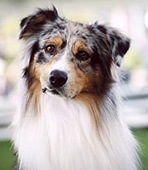
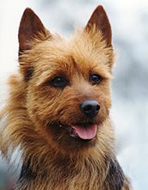 Australian Terriers: A guide to dogs and puppies of the Australian Terrier breed
The Australian Terrier!
As a working dog that has shorter l
Australian Terriers: A guide to dogs and puppies of the Australian Terrier breed
The Australian Terrier!
As a working dog that has shorter l
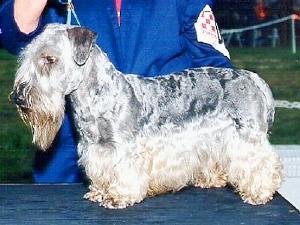 Cesky
Cesky
Cesky
Cesky
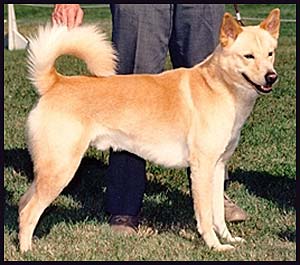 Canaan Dog
Canaan Dog
Canaan Dog
Canaan Dog
 Born in the USA - American Dog Breeds
Born in the USA - American Dog Breeds
Born in the USA - American Dog Breeds
Born in the USA - American Dog Breeds
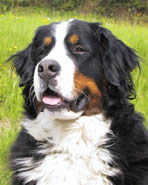 Bernese Mountain Dogs: A guide to dogs and puppies of the Bernese Mountain Dog breed
The Bernese Mountain Dog!
The Bernese mountain dog is a bre
Bernese Mountain Dogs: A guide to dogs and puppies of the Bernese Mountain Dog breed
The Bernese Mountain Dog!
The Bernese mountain dog is a bre
Copyright © 2005-2016 Pet Information All Rights Reserved
Contact us: www162date@outlook.com